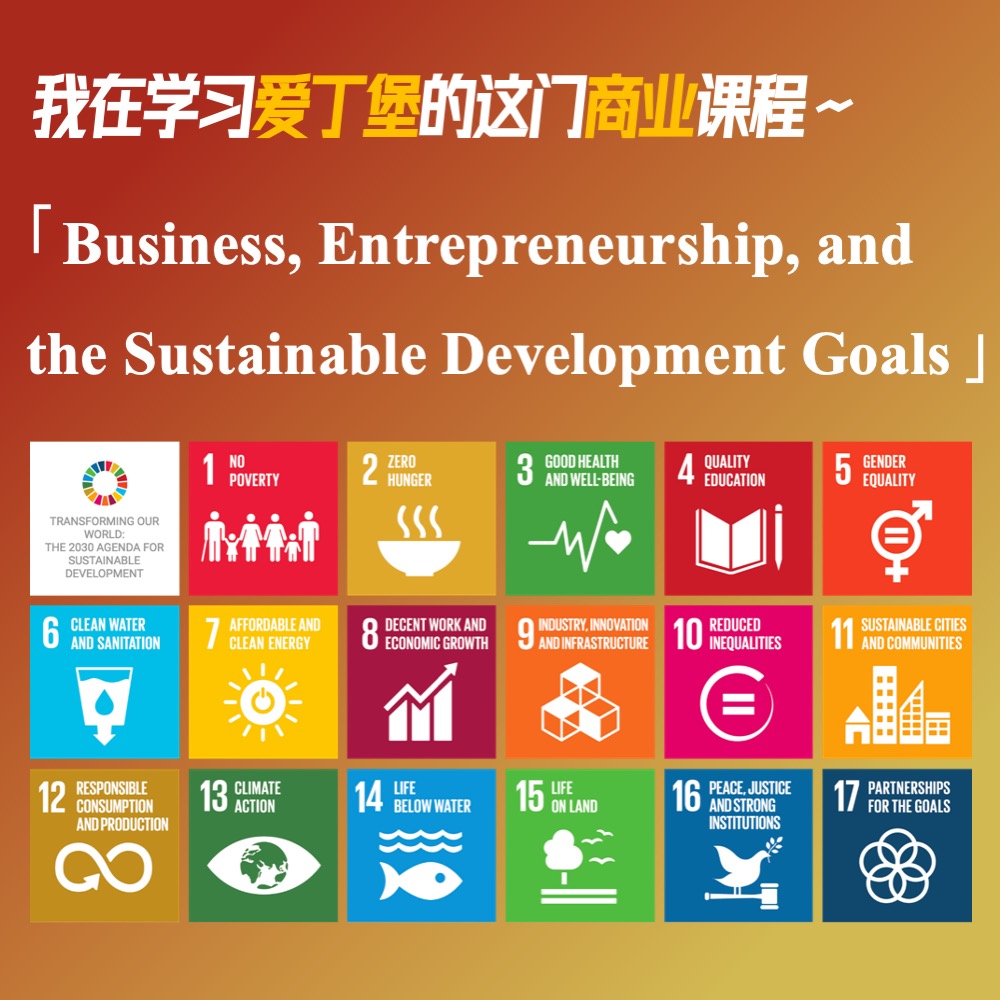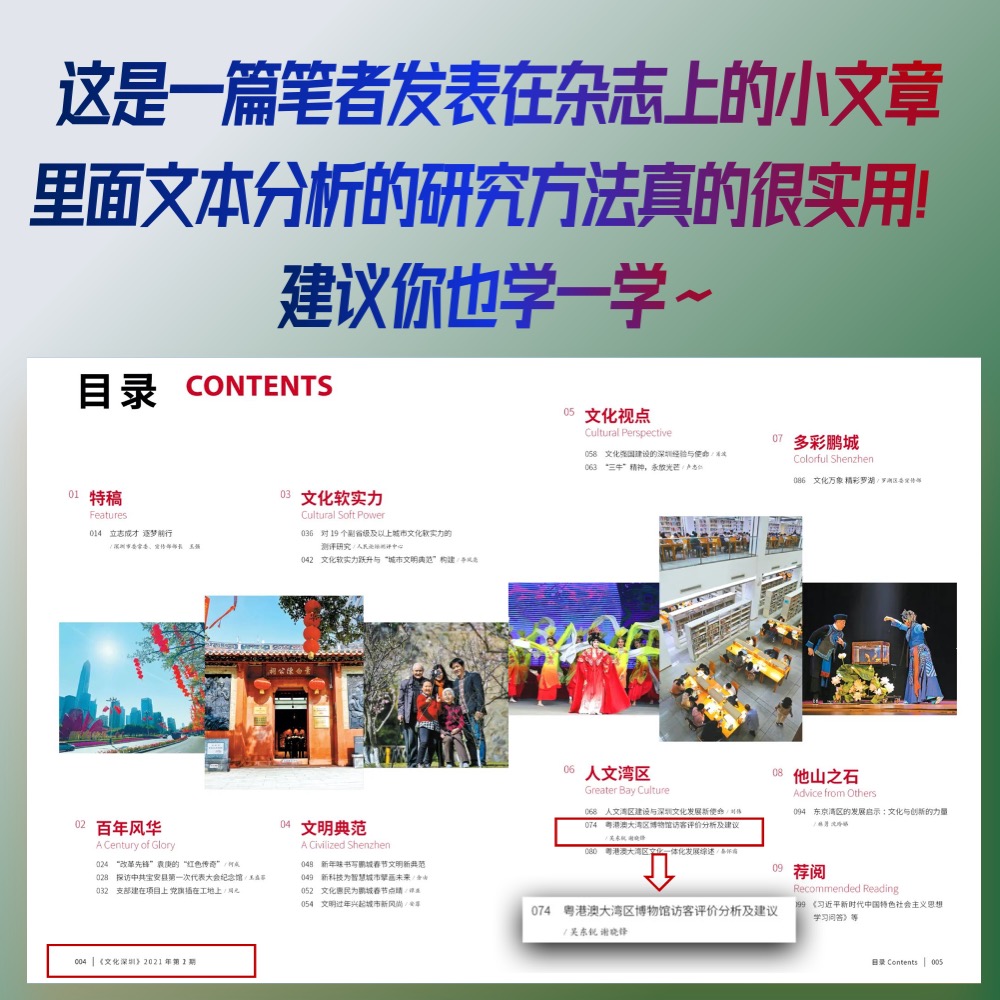Title:Spatial Dimensions of Algorithmic Transparency: A Summary
Related Authors: Corey Kewei Xu – HKUST(GZ)
Fields: SDGs,Policy
Keywords: Fairness, Accountability, and Transparency, Public policy, Spatial data science, Urban Planning
Background
- Spatial data brings an important dimension to AI’s quest for algorithmic transparency. (抽象空间数据为人工智能寻求算法透明性带来了一个重要的维度)
- For example, data driven computer-aidedpolicy-decisions(计算机辅助政策决策) use measures of segregation (e.g., dissimilarity in-dex) or income-inequality (e.g., Gini index), and these measures areaffected by space partitioning choice.(空间划分选择)
- This may lead policymakersto underestimate(低估) the level of inequality or segregation within aregion.
- The problem stems from(源于) the fact that many segregation based analyses use aggregated census data(汇总的人口普查数据) but do not report result sensitivity to choice of spatial partitioning (e.g., census block, tract).
- Currently, issues such as reducing global inequality is part of theUN Sustainability Development Goals (SDGs)
Methodology
mathematical proofs
case studies( with census data and census based synthetic micro-population data) (using ArcGIS Pro)
- Computationally, this work was done in Python using the propri-etary library “ArcPy” from the company Esri; NumPy and pandaswere used for data processing.(避免数值溢出)
Conclusion
- values of many measures (e.g., Gini index, dissimilarity index) diminish monotonically(单调递减) with increasing spatial-unit size (空间单元大小的增加)in a hierarchical space partitioning(分层空间分区) (e.g., block, block-group, tract),
- however, the ranking based on spatially(存在于空间地的) aggregated measures remain sensitive to the scale of spatial partitions (e.g., block, block group).
- This paper highlights the need for social scientists to report how rankings of inequality are affected by the choice of spatial partitions(空间分区选择).
Contributions
- Our findings highlight the importance of collecting and using fine-scale data to inform policies that address various social equity issues.
- We highlight the spatial dimension of algorithmic transparency with findings that reinforce the need to report the sensitivity of results to the choice of spatial partitioning.(空间划分的选择,应该进行敏感性分析)
- Beyond MAUP, we show theoretically that some measures (e. G., gini index, index of dissimilarity) of inequality decrease monotonically with increasing scale of analysis.(划分空间越大,这些值越小)
- We provide formal proofs on the upper and lower bound of the IOSR.(给出了形式证明)(收入五分位数份额比率(IQSR):IQSR是最高20%的收入者获得的总收入与最低20%的收入者获得的收入之比。)
- case study supports the theoretical results
- using a synthetic house- hold level dataset
- using a 2010 American Community Survey dataset
- on various income inequality measures (Gini Index, IOSR, Theil, and Atkinson)
- have broad implications for equity related policy making
- Policymakers should be cautious about the unit of analysis when using existing equity indexes
- should conduct sensitivity analysis with different spatial partitioning choices
Future Work
- plan to analyze the sensitivity of other measures of income inequality and segregation to choice of spatial partitioning.
- investigate computational methods to address the spatial dimensions of algorithmic transparency.(解决算法透明度的空间维度)
- In addition, we plan to consider other aggregation problems such as boundary effects(边界效应). Computationally, random partitioning techniquescan(随机分区算法) be improved to reduce complexity and produce more optimal zones.
- Monte Carlo simulations can be used to estimate the effects of space partitioning for different zones.(蒙特卡罗模拟估计不同分区的空间划分效果)
Personal Notes
- Did not read the mathematical proofs very carefully.
- I am interested in algorithmic transparency and measures of income inequality and segregation to choice of spatial partitioning.
- In terms of research methodology, I need to learn the processing of geographic and spatial data(ArcPy、ArcGIS Pro), as well as the systematic study of spatial spillover effects, boundary effects and other spatial measurement theories.
- It is important to take notes and think while reading the literature.














